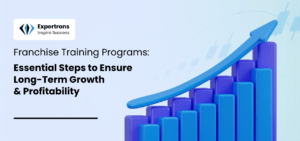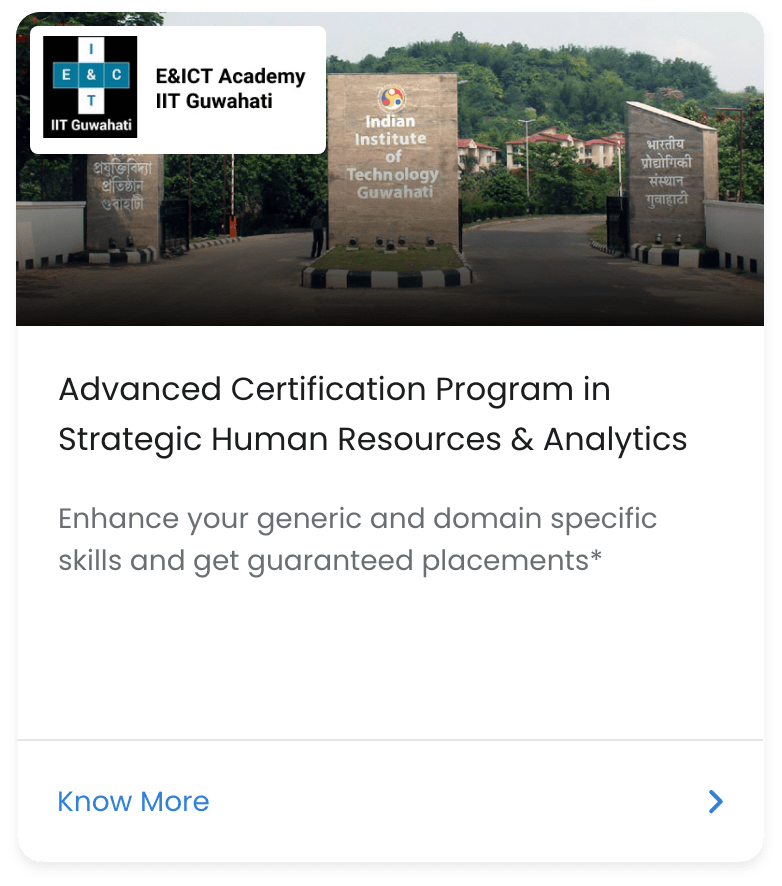The Power of Employee Experience: Strategies for a Positive Workplace Culture
In today’s rapidly changing business environment, organizations are recognizing that a positive employee experience (EX) is vital to their overall success. Employee experience goes beyond traditional HR practices; it encompasses the entire journey of an employee within an organization—from recruitment and onboarding to development and retention. A strong employee experience fosters engagement, boosts morale, and can significantly impact a company’s bottom line. In this blog, we’ll delve into the power of employee experience, its importance, and practical strategies for enhancing it within your organization.
Understanding Employee Experience
Employee experience refers to how employees perceive their interactions with their organization throughout their employment lifecycle. This includes elements like workplace culture, career development opportunities, management practices, and the physical workspace. It is a holistic approach that focuses on creating a positive environment where employees feel valued, engaged, and empowered.
Why It Matters:
A strong employee experience is linked to higher job satisfaction, improved retention rates, and enhanced productivity. Organizations that prioritize EX are better equipped to attract and retain top talent, leading to long-term success.
Key Components of Employee Experience
1. Workplace Culture
Culture is the backbone of employee experience. A positive, inclusive culture promotes collaboration, respect, and belonging, making employees feel valued and appreciated.
2. Onboarding Process
Effective onboarding is crucial for new hires. A well-structured onboarding program helps employees acclimate to their roles, understand company values, and build connections with colleagues.
3. Employee Development
Opportunities for growth and development are essential for a fulfilling employee experience. Organizations that invest in training, mentorship, and career advancement foster loyalty and engagement.
4. Work-Life Balance
Supporting a healthy work-life balance is critical for employee well-being. Flexible work arrangements, wellness programs, and understanding policies contribute to a positive employee experience.
5. Recognition and Feedback
Regular recognition and constructive feedback help employees feel valued. Celebrating achievements and providing guidance fosters a sense of accomplishment and motivation.
Benefits of Enhancing Employee Experience
1. Higher Employee Engagement
A positive employee experience leads to higher levels of engagement. Engaged employees are more likely to be productive, innovative, and committed to their work.
2. Lower Turnover Rates
When employees feel valued and supported, they are less likely to leave the organization. Enhanced employee experience leads to reduced turnover and the associated costs of hiring and training new staff.
3. Improved Customer Satisfaction
Employees who are happy and engaged provide better service to customers. A positive employee experience translates to improved customer interactions and satisfaction.
4. Attracting Top Talent
Organizations known for their strong employee experience are more appealing to potential candidates. Talented professionals seek environments that prioritize employee well-being and development.
5. Increased Innovation
A supportive and inclusive work culture encourages creativity and innovation. Employees who feel safe to share their ideas are more likely to contribute to organizational growth.
Strategies to Enhance Employee Experience
1. Conduct Regular Surveys
Regularly assess employee satisfaction and engagement through surveys. Gather feedback on various aspects of the employee experience to identify areas for improvement.
2. Revamp the Onboarding Process
Invest in a comprehensive onboarding program that includes training, mentorship, and social integration. Ensure new hires feel welcomed and equipped to succeed from day one.
3. Foster a Culture of Feedback
Encourage open communication and feedback between employees and management. Regular check-ins and performance reviews help employees understand expectations and growth opportunities.
4. Implement Recognition Programs
Establish formal recognition programs that celebrate employee achievements and contributions. Recognition boosts morale and reinforces a culture of appreciation.
5. Promote Work-Life Balance
Offer flexible work options, such as remote work and flexible hours, to support employees’ personal needs. Encourage a culture that prioritizes work-life balance and employee well-being.
6. Invest in Development Opportunities
Provide access to training programs, workshops, and mentoring. Encouraging employees to develop their skills enhances their experience and prepares them for future roles.
Also read, AI in Onboarding: Driving a New Era of Employee Experience
Conclusion
The power of employee experience cannot be underestimated. By prioritizing a positive employee experience, organizations can create a thriving workplace culture that enhances engagement, reduces turnover, and drives overall success. Implementing effective strategies to enhance EX is not only beneficial for employees but also critical for the long-term health and growth of the organization.
Frequently Asked Questions
Employee experience encompasses all aspects of an employee’s journey within an organization, including workplace culture, onboarding, development opportunities, and management practices.
A positive employee experience leads to higher engagement, lower turnover rates, improved customer satisfaction, and better organizational performance.
Organizations can improve employee experience by conducting regular surveys, revamping onboarding processes, fostering a culture of feedback, implementing recognition programs, promoting work-life balance, and investing in development opportunities.
Workplace culture is foundational to employee experience, influencing how employees perceive their work environment, relationships with colleagues, and overall job satisfaction.
Engaged employees who feel valued are more likely to provide excellent customer service, leading to higher customer satisfaction and loyalty.
By recognizing the power of employee experience and implementing strategies to enhance it, organizations can create an environment that attracts, retains, and engages top talent while driving business success.











